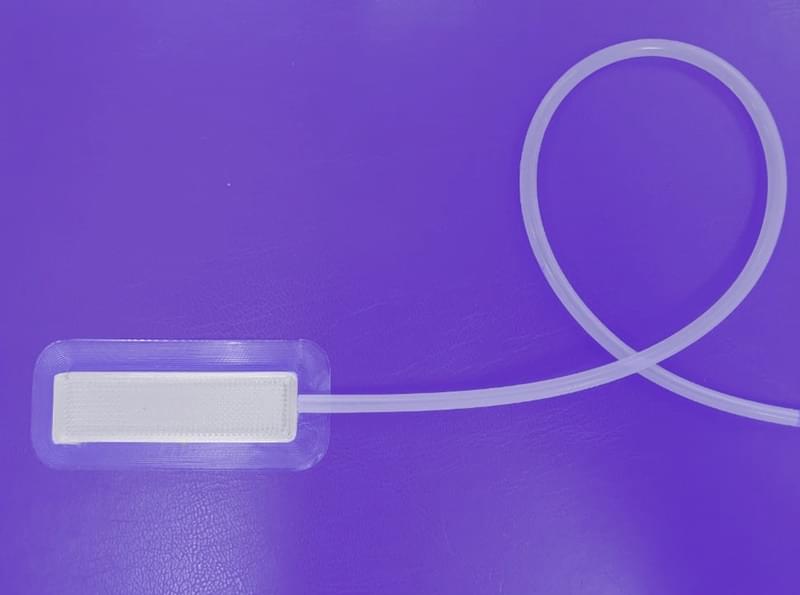The multi-layered coating is not only thinner than the silicon cells typically used in solar panels, but rivals their efficiency, too.




Apple is continuing to expand manufacturing in India, and the country will reportedly produce the iPhone 16 Pro and iPhone 16 Pro Max as well as the regular models.
Originally, India only manufactured older iPhones, and then chiefly because it avoided import tax. More recently in its expansion of production in the country, India has taken on manufacturing current models of the iPhone 15.
According to Bloomberg, Apple intends to expand still further. For the first time, India will manufacture the iPhone 16 Pro and iPhone 16 Pro Max.





Designed to mimic human decision-making and physical interaction, the Astribot S1 robot can handle tasks that would traditionally require human dexterity and judgment.
Launched by Stardust Intelligence, a Chinese company, the robot has a human-like upper body structure mounted on a wheeled base.
During its first technical demonstration, the robot was seen folding clothes, sorting items, flipping pans while cooking, vacuuming, and cup stacking, attracting widespread attention in the industry.
Presented in a complete form in a new video, the robot is seen accurately serving tea in a cup. If you are feeling sad and want to listen to any music, the innovative machine can play musical instruments as well.

The search for extraterrestrial life has profound physical, mental and spiritual implications, says Nathalie Cabrol in The Secret Life of the Universe —and it belongs to everyone.
By Zane Wolf